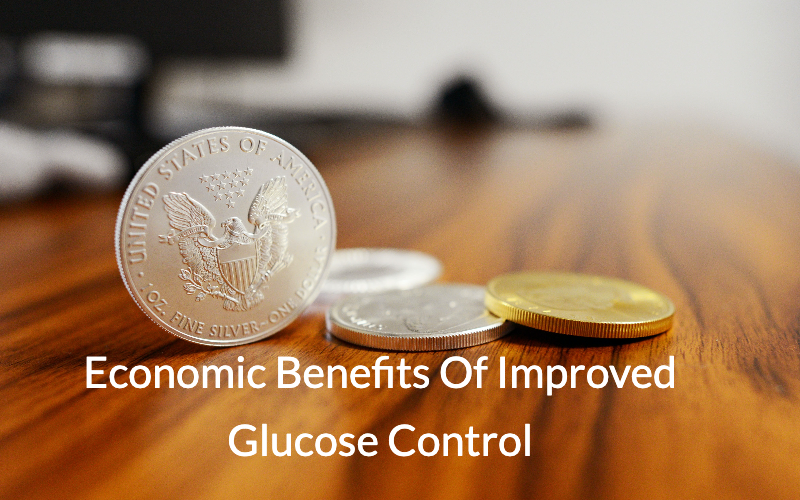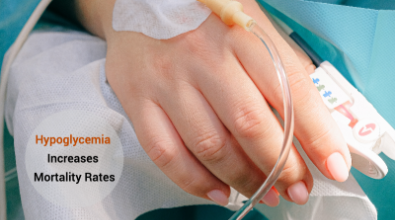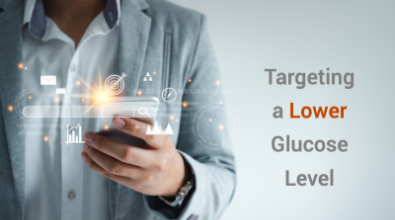
Economic Benefits of Improved Glucose Control
In a retrospective review of 6,719 ICU patients, total cost savings of $4,746 per patient were realized when the patients were controlled to a lower glucose control range of 80-110 mg/dL versus the usual standard of care. The mean glucose level was lowered by 22 mg/dL in the ICU units using a more aggressive glucose control range of 80-110 mg/dL, versus the prior usual standard of care.
In a retrospective review of 1,600 ICU patients, total cost savings of $1,580 per patient were realized when the patients were controlled to a lower glucose control range of 80-140 mg/dL versus the usual standard of care. Use of the lower targeted glucose level results in a 17% reduction in the ICU length of stay. 
Glucose Variability Increases ICU Mortality
In a retrospective study of 5,728 ICU patients who had a target glucose range of 72-126 mg/dL, it was found that patients who had higher glucose variability as measured by the mean absolute glucose change in mg/dL/hour were 300% more likely to die than patients with lower glucose variability. This association held true regardless of the patients mean glucose level.
In a retrospective study of 3,142 non-diabetic ICU patients, it was found that patients who had higher glucose variability as measured by the coefficient of variation (mean glucose/standard deviation) were 200% more likely to die than patients with lower glucose variability. This association held true regardless of the patients mean glucose level.

Hyperglycemia Increases Mortality Rates
In a retrospective study of 259, 000 ICU patients, it was noted that average glucose levels above 145 mg/dl were associated with a more than 80% increase in ICU mortality rates. This association was true for both diabetic and non-diabetic patients.
In a retrospective study of 1,826 consecutive ICU patients, it was noted that when average glucose values increased from 100 mg/dL to 180 mg/dL, the ICU mortality rate increased by more than 200%. The association between hyperglycemia and increased ICU mortality rates held true at all severity levels of illness in this study.

Hypoglycemia Increases Mortality Rates

Increasing the Percentage of Time in Targeted Range Lowers ICU Mortality Rates
In a retrospective study of 9,028 ICU patients who had a target glucose range of 70-139 mg/dL, it was found that patients who had a percent time in the targeted range of > 80% had a mortality rate of 12.4% vs a mortality rate of 19.2% for those with a percent time in the targeted range of < 80%. In a retrospective study of 2,550 non-diabetic ICU patients who had a target glucose range of 70-140 mg/dL, it was found that patients who had a percent time in the targeted range of > 80% had a mortality rate of 8.5% vs a mortality rate of 15.7% for those with a percent time in the targeted range of < 80%. This association held true regardless of the patient’s length of stay or severity of illness. Learn More

Targeting a Lower Glucose Level
In a prospective randomized controlled trial of 447 ICU patients undergoing hepato-biliary-pancreatic surgery, it was shown that a lower glucose target range of 80-110 mg/dL, as compared to a higher range of 140-180 mg/dL, decreased surgical site infection rates by more than 50%, and shortened the hospital length of stay by more than 20%.
|